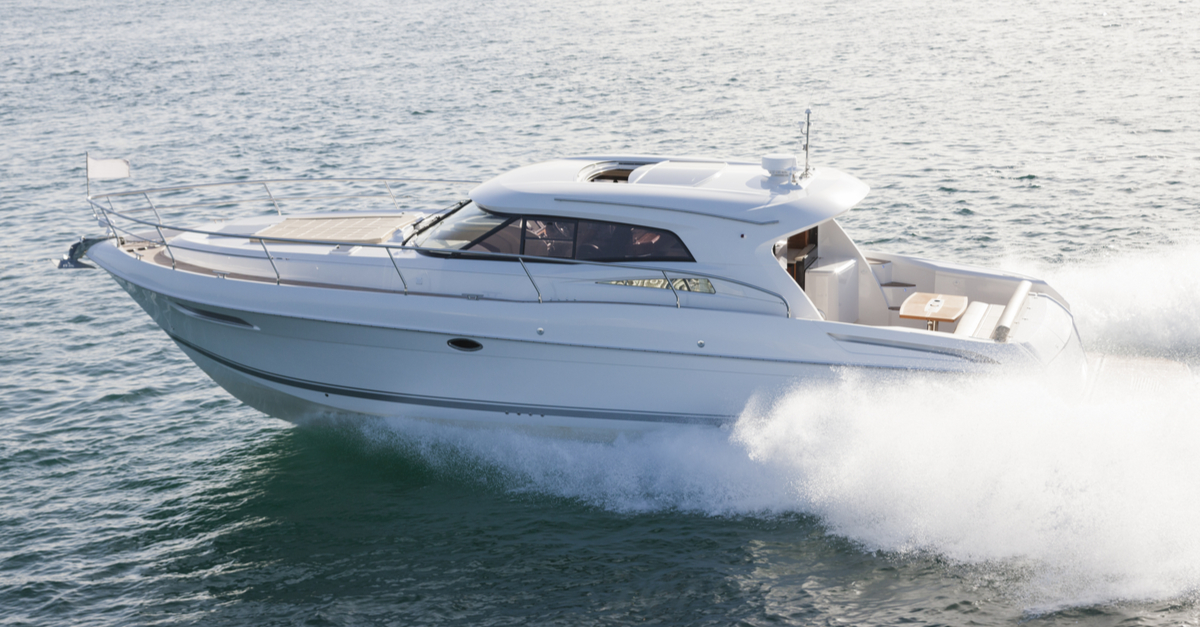You are probably well aware of Transport Canada’s requirements in terms of documentation and registration, but there are also certain regulations that will be oriented towards safety precautions. For example, if you’re going to be using a paddle craft or a canoe, or essentially anything that requires paddling or similar manual labor, you will have to consider Transport Canada canoe regulations in order to not only meet official requirements but also to navigate safely.
Transport Canada Canoe Regulations
There are a variety of different requirements and regulations that exist in order to ensure the safety of boat users in Canadian waters. After all, it’s always good to care for the safety of passengers and boat users in general. Most of these regulations will consist of equipment to carry on the paddleboat to deal with emergencies.
Mandatory Equipment
Let’s go over Transport Canada canoe regulations so that you’re always meeting equipment requirements while paddling.
- Personal flotation devices – When riding a canoe, everyone onboard will need a Canadian-approved personal flotation device of the appropriate size. Please note that inflatable flotation devices are not legal for whitewater paddling because they aren’t inherently buoyant.
- Sound signalling devices – Any pealess whistle will meet these requirements.
- Reboarding devices – If the vertical height to reboard is over 50 centimeters, you will need a reboarding device. This will exclude most canoes or kayaks, but it’s still good to keep it in mind.
- Heaving line – Almost every paddlecraft will be required to have a buoyant heaving line that’s at least 15 meters long.
- Bailers or pumps – Even a simple scoop will fulfill the requirements, but proper pumps will work better to empty your boat faster.
- Flashlight – In cases in which your craft is over 6 meters long, you will need a watertight flashlight onboard.
- Compass – This will be a requirement if your boat is over 8 meters long and you’re paddling out of sight of navigation marks. You might still want one in case you run into whiteout conditions.
- Navigation lights – If you’re paddling at night or with restricted visibility, you will definitely need navigation lights, ideally ones that are visible from all sides.
- Flares – If you’re paddling somewhere that’s farther than 1.852 km, you will need to carry six flares. Always consider whether flares could help you in an emergency when paddling, even if it’s not far.
- Radar reflectors – Although these are not required for boats that are under 20 meters, it’s worth considering that small non-metal boats are invisible on larger boats’ radar systems. If you’re paddling in high traffic waters or areas with restricted visibility, try having something that announces your location.
Boating Documentation
Here at the National Vessel Registry Center Corp, we want to make sure that you’re able to meet all the Transport Canada requirements. This, of course, doesn’t just include Transport Canada canoe regulations, but also all your boating documentation. So, can you submit the forms for registration here on our platform? Of course you can! You can do that and more here on our website. Just give us a call at +1 (800) 419-9569 or email us at info@canadianvesselregistry.ca if you need any help.

